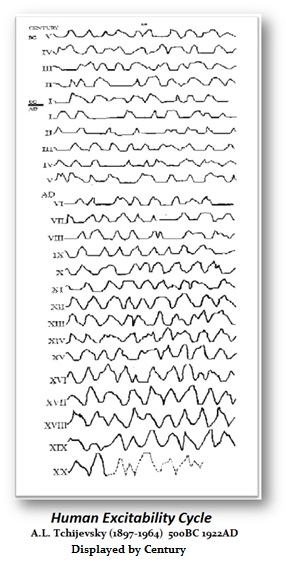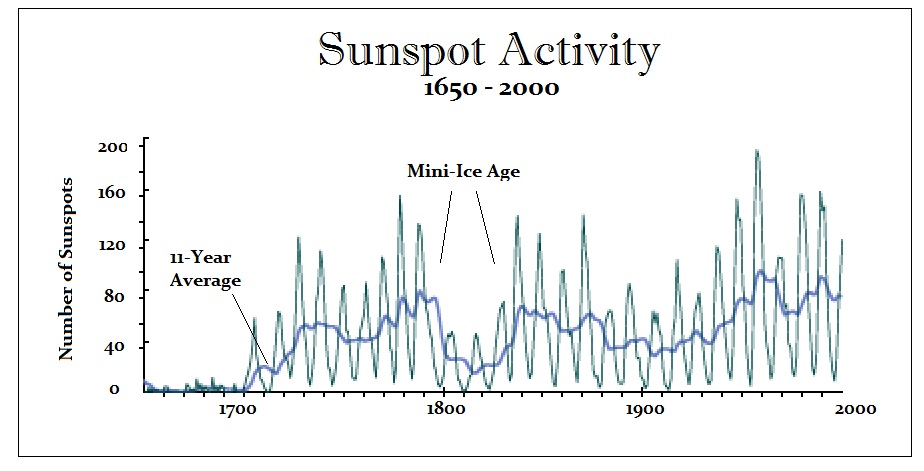 COMMENT: I love when you educate us about the weather, especially the cycles. the NAPOLEON story killed me !!! I’m a french and believe me, nobody talked in school about the weather cycles when he tried to fight Russia and lost everything. I read 3 times your chart which plots the temperatures and the cycle initiated by the volcano a few years ago. you are enough smart to guess that French teachers NEVER talk this story under this angle of cooling temperatures…
COMMENT: I love when you educate us about the weather, especially the cycles. the NAPOLEON story killed me !!! I’m a french and believe me, nobody talked in school about the weather cycles when he tried to fight Russia and lost everything. I read 3 times your chart which plots the temperatures and the cycle initiated by the volcano a few years ago. you are enough smart to guess that French teachers NEVER talk this story under this angle of cooling temperatures…
REPLY: When you correlate everything you see the patterns. Sure, at Waterloo, the French used CANNONS while the British used CANISTERS. On the day of the battle, it rained a lot. The ground was very muddy, soft and wet mud. In that weather and ground conditions, cannons were not as effective. It was more than just the weapons. In those weather conditions, Napoleon delayed and that cost him the battle. But had the weather been dry, things may have been different. The cold clearly beat Napoleon on his attempted invasion of Russia.
There is also the Human Excitability Study where war was correlated to sunspot activity. The sunspot cycle is roughly every eleven years. However, this time it’s different. The sun is headed for a very rare, super-cooling period that threatens to topple civilization itself as it has throughout history roughly following a 300-year cycle.
For most of its history, science believed the sun’s output was constant. They finally realized that a thermal dynamic cycle beats like your heart so the sun could not exist if it was a steady outflow of energy. One degree less and it would blow itself out. Hence, it is cyclical rising and falling in intensity.
…click on the above link to read the rest of the article…
